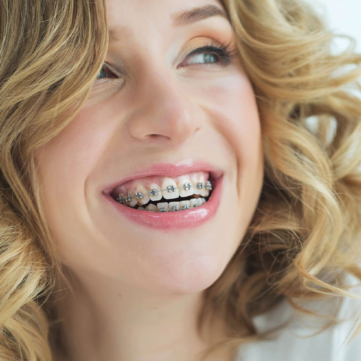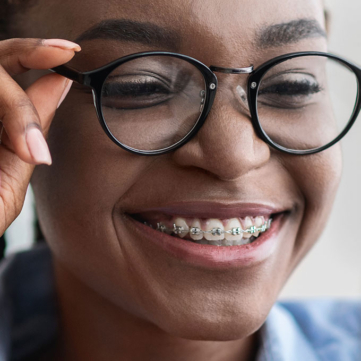Patient Resources
We’ve gathered a few essentials to make your smile adventures as smooth and enjoyable as possible. Don’t see what you’re looking for? Give us a call, and we’ll help you find it.

Your First Orthodontist Appointment
Everything you need to know about day 1 of your smile journey.

Pricing, Insurance & Payment Plans
Let us help make orthodontic treatment affordable! We’ll help you maximize your dental insurance plan benefits and offer a payment plan that works for your budget.


Braces Troubleshooting Guide
When something’s not quite right—which happens occasionally, so don’t fret—we have you covered.

